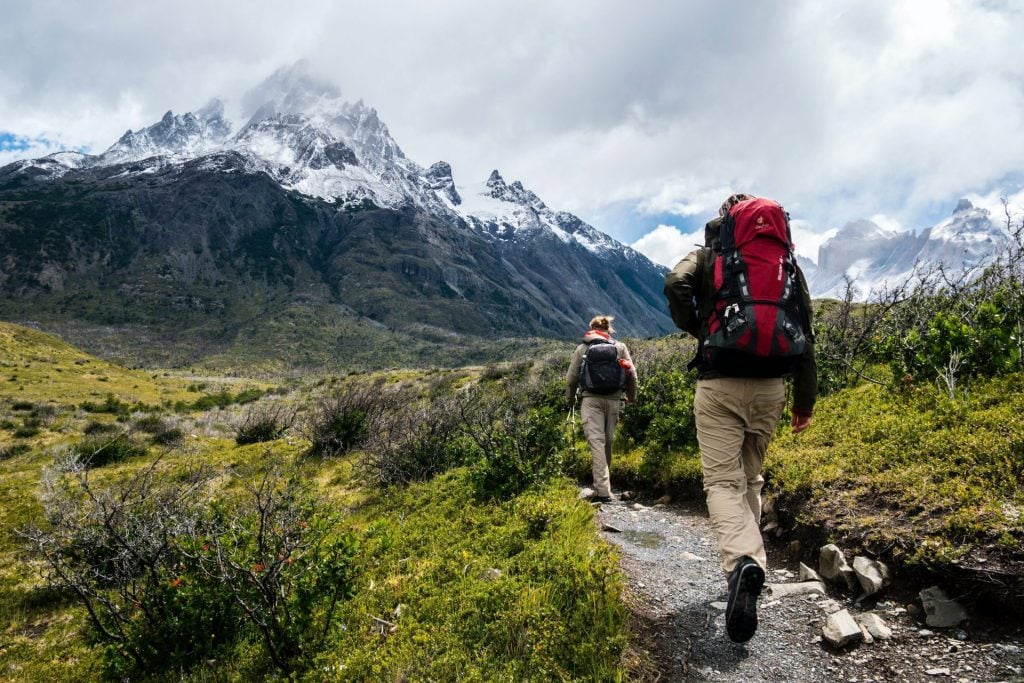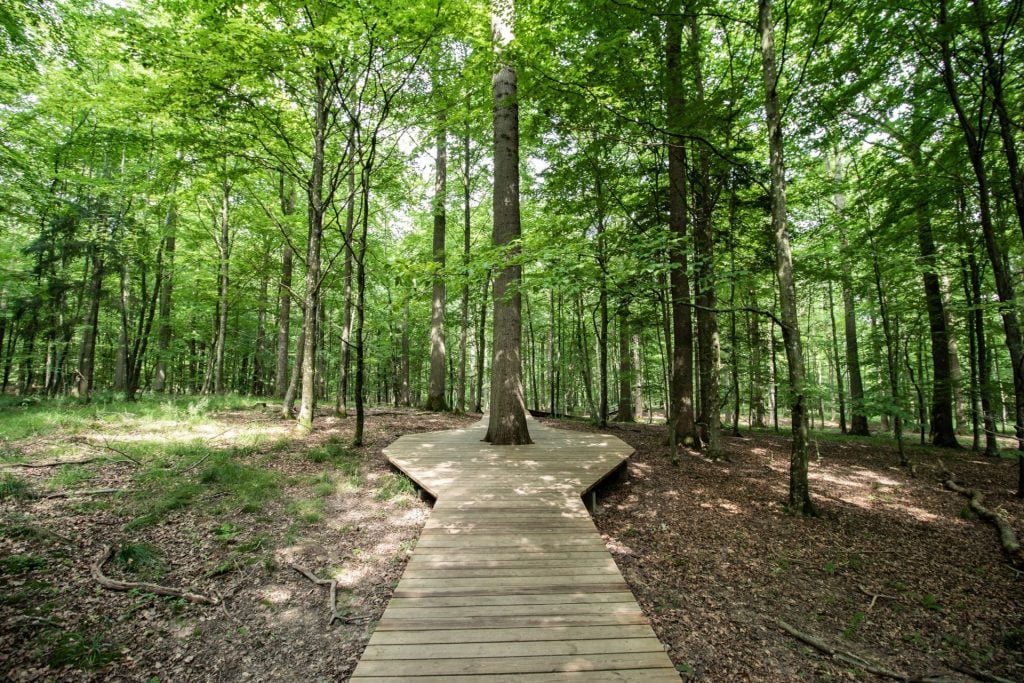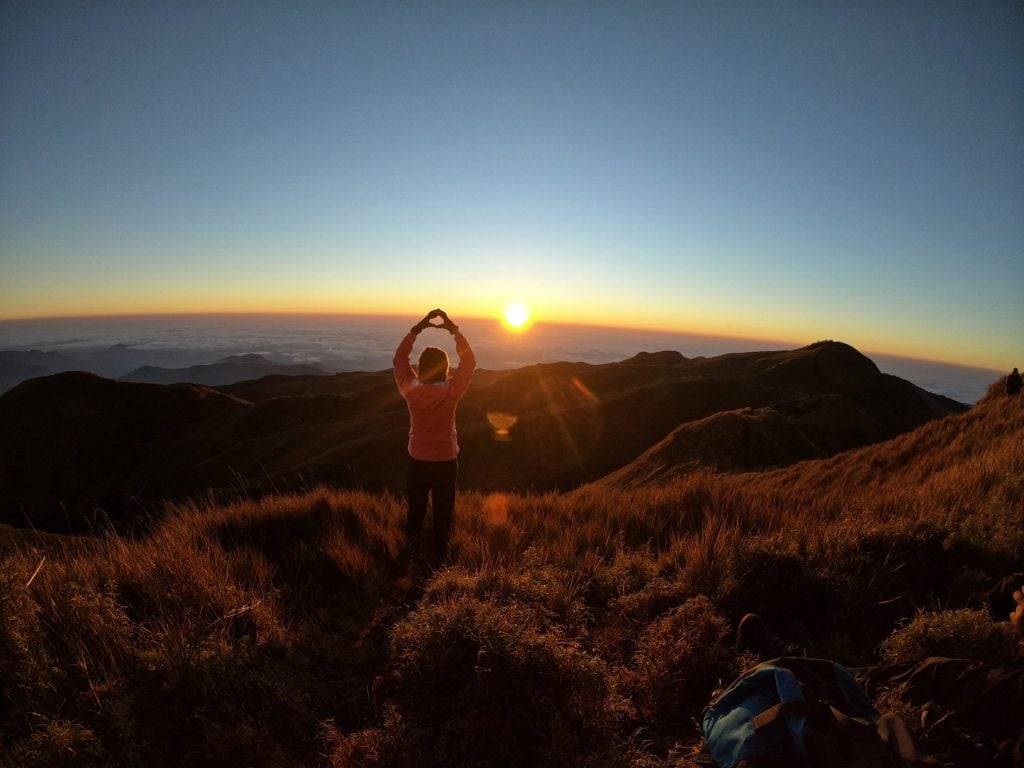BLOGS
National Park Guidelines: What You Need To Know
Is it your first time heading to the wild or hiking trails? It may seem fun and exciting, but it takes a lot of preparation and skill to have a successful trip to the national park.
What should you know before you visit a national park? Read more on this article to find out.
Choose the Right Park and Activity for your Group
The first thing you need to do is to choose the park that fits your activity, whether as a group or on your own. If you have a particular park you want to visit, be sure to know your limits and consider the following factors:
- Time. When will you do your activity?
- Setting. Where will your activity take place — at the beach, trail, cave, or a historical site?
- Duration. Will your activity last the whole day or for only a few hours?
- Difficulty Level. Are you going on a flat terrain or on a difficult terrain? Will it be a shorter or longer distance?
- Skill Level. Does your activity require a special skill (e.g. rock climbing) to enjoy it?
Call the Park Before Setting Out
Once you identify each factor in the previous tip, you can call or visit the website of your chosen national park to see if it suits your preferred activity. There are large national parks where their weather conditions vary from one end to the other. There can also be fast and unexpected changes in the atmosphere. So, it’s best to call before you go to the park to check which sections or trails are closed due to weather conditions or undergoing maintenance.

Pick a Trip Leader and Safety Leader
If you’re going to the park with a group, choose your trip leader. For bigger groups, also consider getting an Assistant Trip Leader. In choosing the Trip Leader, they should be experienced and skilled to serve the leadership role.
A safety leader, on the other hand, is a person or group of people who are responsible for everyone’s safety. But if you are traveling alone, you are your own safety leader.
A safety leader’s job includes:
- Checking all equipment before and during the trip
- Monitoring your group members’ health and physical condition
- Being aware of the changes in the environment
- Communicating any problems to the Trip Leader
- Looking out for hazards during the activity
When going on a trip in the national parks, it’s ideal that there is at least one person in your group who has received CPR and first aid training.
Make Reservations for Campsites
While most national parks are on a first-come, first-served basis, you can still make reservations for camping. You can also secure spots if there are any park tours. Make sure to check the park’s website to look what you can do and how to reserve in advance.
Book Lodging in Advance for Summer
Hotels, luxury homes, luxury condos, or other property rentals at national parks are fully booked during the summer season. So, do yourself a favor and reserve a room in advance. If rooms within the park are already packed, you may try looking at smaller motels outside the main gates of the park.
National parks are jampacked during the summer season, causing traffic jams. This problem can be a distraction from the natural beauty of the park. You may want to consider going on a trip
Prepare Everything You Need for your Trip
If you are spending the day on the trails of the park, hiking boots will be your best friend. Flip-flops are not ideal and they may cause you more harm than good.
Bring eco-friendly sunscreen, a hat, and sun-shield clothing on your trip. Also bring an insect repellent, first-aid kit, compass, waterproof phone case, dry bag, rain poncho, and a large backpack on your way to the park.
Do A Test Run
One of the most important things you need to do before you start going on a trip to the national park is to test and practice your equipment.
First, you must create a packing list. Research the activity you selected and ensure that you and your groupmates have all the required gear.
Second, learn how to use your equipment properly. Double-check if it works and if your gear fits correctly.
Third, decide among the group who will be able to carry the equipment.
Lastly, practice packing and carrying your back and how to pitch a tent if you are going on a long trip.

Have a Plan B
Not everything goes in your way, that’s why you need a Plan B. Having a backup plan is important in case something comes up from your original plan and your trip would not go to waste. Consider an alternative activity or reschedule your trip for another date.
Complete Your Trip Plan
Before you set off to go to the park, you need to complete your trip plan. A trip plan includes where you are going, who will you be with, and what you will be doing on the trip. The trip plan helps Search and Rescue authorities respond in case an emergency arises or if you don’t return from your trip on time.
Make sure to include an emergency contact in your trip plan. It must be someone reliable who is not going on the trip.
Expect your Phone Signal to be Spotty
There is only about 50% cellphone coverage, even in well-connected national parks. That being said, you can’t rely on your GPS and you won’t be able to upload your posts on Instagram in real-time.
Do Not Go Off-Roading
Off-roading across the wild landscape of national parks is a big no-no as it damages delicate wildlife habits. Do not attempt to do this to avoid getting penalized with a fine.
Take the Park’s Safety Regulations Seriously
Regardless of your experience, you must take the national park’s safety guidelines like a gospel. Once you enter a trail, look for a log book. The park staff uses a log book to check who goes in and it ensures that everyone in the log book comes out. Be sure to sign it both ways.
You need to tell the park rangers you’re headed into the wilderness and how long will you be there.
Create an Emergency Plan
Whether you’re going alone or with a group, you always need to have an emergency plan. An emergency plan helps you or your group on how to respond in case someone is lost or injured.
Once you developed your emergency plan, practice it before your go. Do not rely on your cellphone for solutions, as cellphone receptions may not be reliable when you’re on a trip.
Some National Parks to Visit
Now that you’re all prepared for your next trip, here are some national parks worth visiting:
Puerto Princesa Subterranean River National Park
This park is not only home to exotic wildlife and biodiversity conservation, it is also considered as as UNESCO’s one of the famous World Heritage Centers. Aside from its distinctive wildlife inside, this underground river emerges into the sea, has pristine clear water, impressive cave systems, and limestone karst landscapes.
Camp John Hay
Camp John Hay was a former US military base and hill station located in Baguio City where it served as a resting place for American Soldiers. It later became a tourist destination but it remains as a forest watershed protection area.
This is one of the best parks in Baguio where you can explore the great outdoors because of its wide area. It has hiking trails where anyone can easily finish, which is the Eco Trail. The Eco Trail runs from the Butterfly Sanctuary down to the Manor, Filling Station, or Loakan Road.

Mounts Iglit–Baco National Park
This national park located in Mindoro is surrounded by Mount Inglit and Mount Baco, making it as an ASEAN heritage park. While you can do a lot here, the main attraction is spotting the Tamaraw, an endangered animal.
These are some of the national parks you can find across the Philippines. Despite the various activities you can do in these parks, you must always keep in mind the tips above before going on a trip.
Find a Place to Stay with Brittany Homes
Whether you want to stay in Baguio or Davao, Brittany Corporation can give you a world-class experience with its luxury homes! Our house and lot properties for sale and luxury condominium in Metro Manila and nearby provinces are valued at a price worth your money, while you enjoy your trip to a national park, malls, or other lifestyle activities.
If you want to know more about Brittany Corporation, visit our LinkedIn, and Youtube accounts.
Suggested Read: State Of National Emergency: Everything You Need To Know
Suggested Read: What Makes Tagaytay A Popular Destination For Real Estate
Suggested Read: Advance Your Career As A Real Estate Professional
Suggested Read: The Most Beautiful Parks Around The World
Suggested Read: Must Have Property Technology Features















